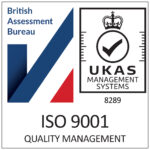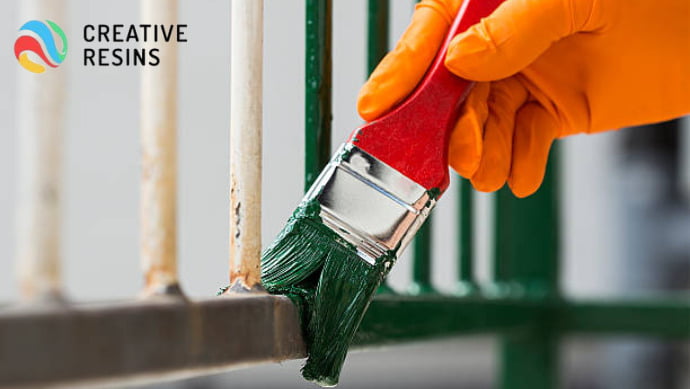Month: November 2022
7 Easy steps to paint metal surfaces
Applying a coat of paint is a quick and easy method to extend the life of metal surfaces. However, painting metal surfaces require a specific technique and most importantly the correct choice of paint, Doing so will help to extend the life of the metal surface and ensure that it is protected and looks at its best for many years.
Follow this guide to painting metal surfaces the right way.
Preparation for painting metal surfaces
Refurbishing your home’s metal surfaces is much cheaper than replacing them, The cost of new Metal gates and fences, steel windows, etc might make you want to dip your paintbrush in, but you must be prepared to do a good job. Here are some tips for preparing the metal surface.
Choose the suitable primer.
Choosing a primer can be challenging. You have to consider the surface condition of your metal as well as the type of metal you intend to paint. Some surfaces are in good condition and only require one primer coat, while others require two coats. Some can be painted using direct-to-metal paints that offer a primer and top coat combined within the same product. Always choose a corrosion-resistant base to protect the metal from rusting. Metal Primers are normally available in either a spray application or can be applied using a brush or roller.
Choosing the right tools
Knowing which tool to use will make the painting successful. Brushes and rollers differ in application compared to spray paint.
Paint Spray: Avoid brushstrokes with lots of nooks and crannies on irregularly shaped objects. This method is the quickest and fastest drying option. Spray paint creates a thinner layer so two or three coats may be required.
Brush or Roller: Although this method takes longer to apply, the brush or roller technique applies a thicker layer to outdoor items that need more protection from wind, sun, and rain. Painting with a brush and roller provides a more controlled application indoors or outdoors.
Safety precautions
Safety is at the forefront of any project you work on, and metal painting is no exception. Working with corroded metal poses potential health risks. When removing rust from old metal, working in a ventilated environment is essential. You must wear gloves, eye protection, and a face mask to prevent injury or illness.
1. Removing rust and old paint
Rust and old paint can prevent new paint from adhering correctly to the metal surface, causing the paint to peel off prematurely. To prevent this, you need to remove it before painting. Depending on the amount of rust, you may need one or more rust removal tools.
- Wire brush for daily surface rust
- Wire brush drill attachment for large areas with lump rust
- Soak in liquid rust remover to remove even the toughest rust stains
2. Clean the metal
After removing rust and peeling paint, clean the surface with mineral spirits, a petroleum distillate commonly utilized as a paint thinner. Brushing the metal with mineral spirits instead of water will prepare the new paint to adhere to the metal surface. Avoid using water to clean metal as it will cause more corrosion over time.
3. Sanding metal
Like a blank canvas, painting metal projects works great with small etchings on the surface to hold the paint and primer in place. To do this, you must sand the entire metal surface with a scuffing pad or fine-grit sandpaper.
4. Apply primer
With your surface ready to paint, it’s time to apply a primer to the metal. For Steel, Galvanised steel, and even aluminium you may need to apply a layer of zinc chromate primer or Red Oxide primer first to prevent further deterioration. Use a sprayer for metal surfaces with multiple cracks, and use a brush or roller if you apply a traditional primer. Apply two coats and permit the primer to dry according to the manufacturer’s instructions.
5. Metal coating
After the primer is completely dry, apply a quality topcoat of your chosen colour to the newly primed metal using a brush, roller, or paint sprayer. Allow the coat to dry completely and apply another coat if you are using a brush or roller. Repeat the process and complete three thin coats if you are using a paint sprayer.
6. Paint treatment
Although paints like acrylic dry relatively quickly, you may want to wait a day or two for the surface to fully cure.
7. Complete with TopCoat
To avoid chipping, rusting, or fading make sure that the topcoat application is thick enough. Be sure to choose a topcoat that is formulated for metal and that is also designed to withstand the elements. You can apply topcoats with a sprayer, roller, or paintbrush.
Who provides the best paints for metal surfaces?
We, Creative Resins, provide high-quality paints for metal surfaces at the most competitive prices. Give us a call today to learn more about our products and services.



